Somewhere in Japan is a gem of a place with mountains and forests, a desert, natural hot springs and a road of monsters, where visitors go for selfies
A fascination with Japan, and a genuine admiration for the Japanese lifestyle quickly picked up a suggestion to visit Tottori. The elongated horizontal strip of land is located on the western part of Japan by a relatively short coastline in the Chugoku Region. The prefecture of Tottori is a subtropical oasis of mountains of virgin forests, castle-towns of heritage pasts, and hideaways where traditions and customs reign. The underrated destination has spotless, restful havens of onsens and ryokans, a slew of markets with glorious food, and even a desert of sand dunes in the horizons.
RELATED READS: Tasting Thailand: Edu Jarque’s Bangkok Food Trip
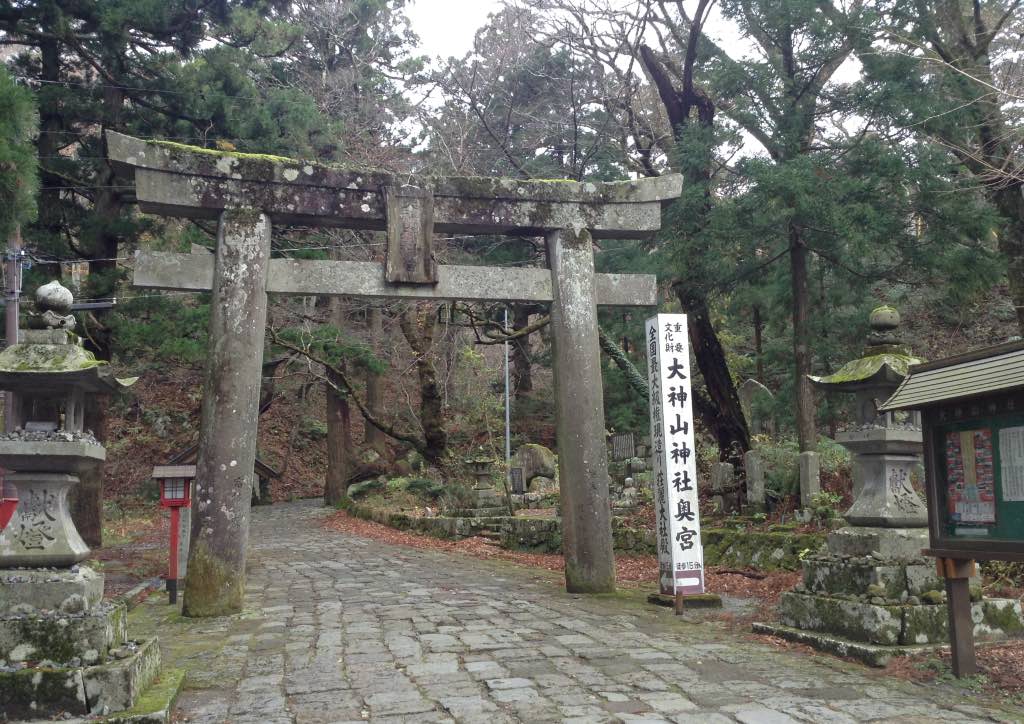
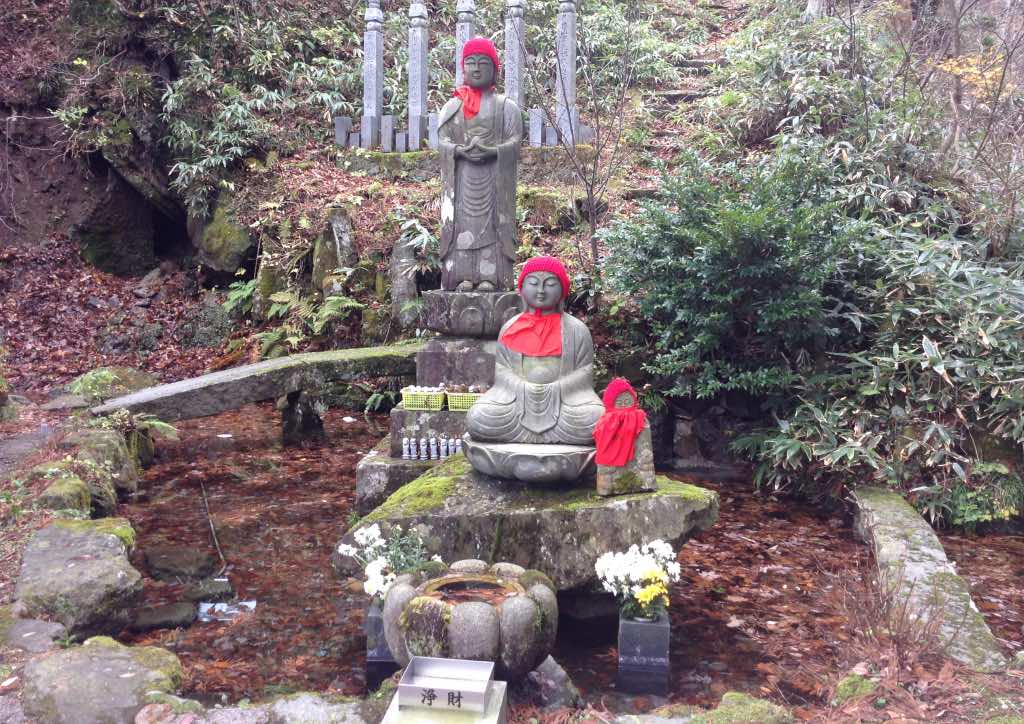
Daisen Mountain and Temples
The colossal grand volcanic peak of Mount Daisen is the second tallest after Mount Fuji. It is renowned for donning a distinct cloak every change of season. Autumn brought an outburst foliage from shades of deep amber, mustard yellow, bright orange, bard brown to blood red. Nature could not have painted a prettier picture.
At the foot of the mountain are indoor and outdoor monuments and memorials, shrines and bard brown of spiritual figures. Silent visitors wrapped red fabrics around the statues of the deities and offered flowers, incense sticks, and prayers, transforming the spot into one idyllic place of worship to pay homage to their gods.
RELATED READS: Italy on the Seas: Inside Luxury Cruise Ship Costa Neo Romantica
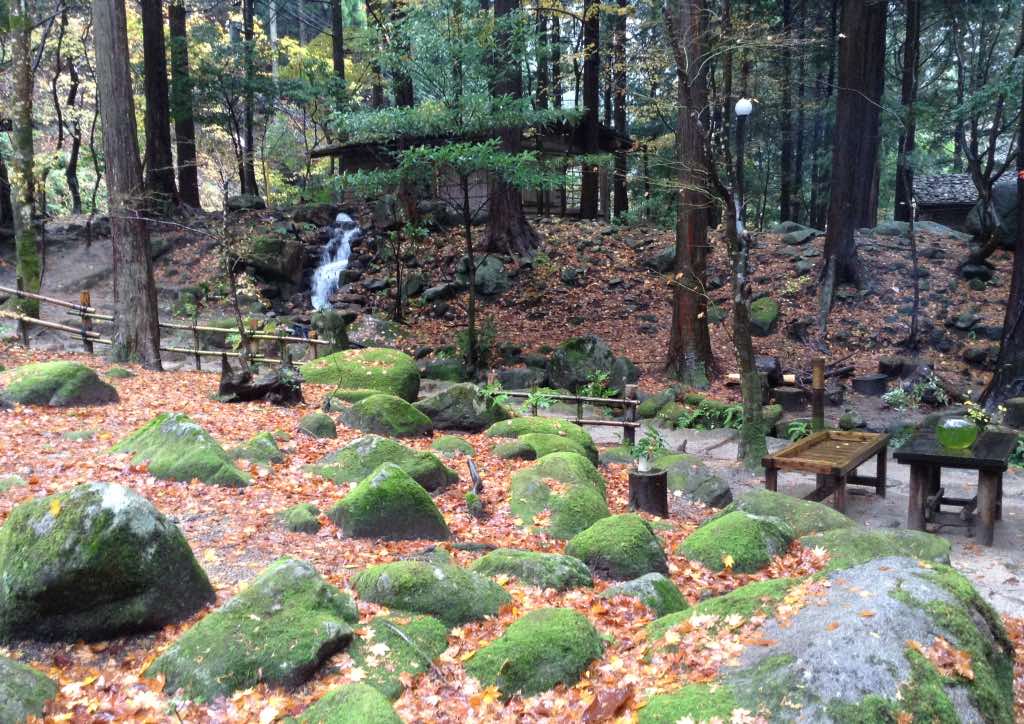
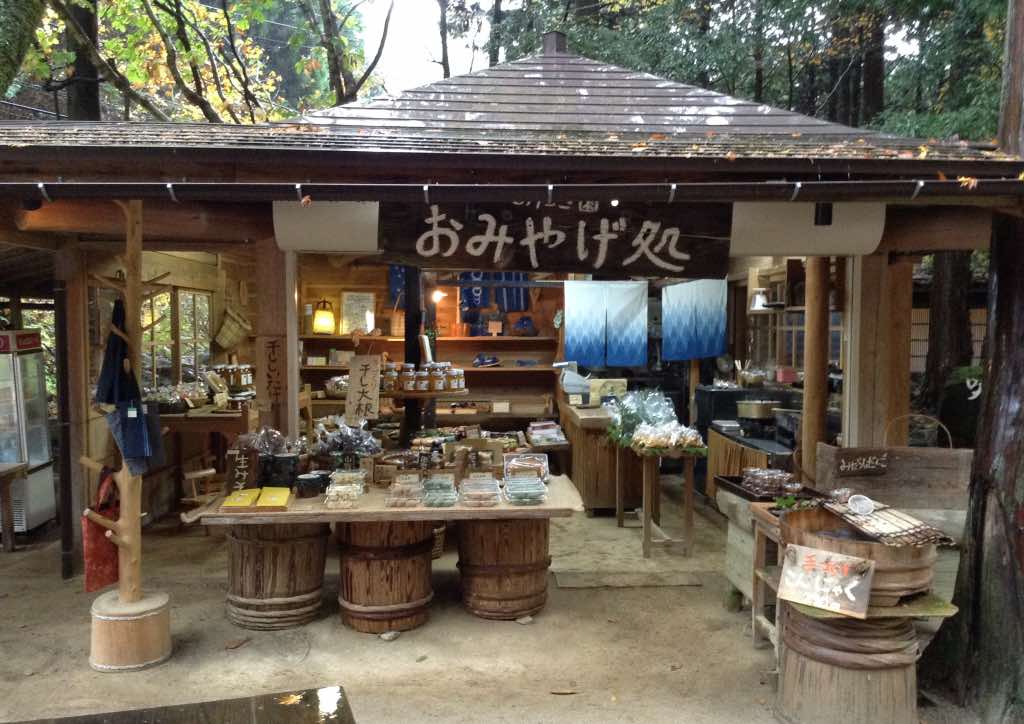
Mitaki-En Traditional Gardens
The foot paths were wet from the rain when we were there. The paved way led to a cluster of multiple wooden structures standing amidst viridian trees. All around was a forest, with beds of flowers, huge boulders, moss-covered rocks, trickling waterfalls, and slow-flowing brooks.
My travel buddies and I were looking forward to partaking in a Japanese-style meal in a communal dining area. We settled down with additional pillows for seating before a table filled with intricately-arranged little bowls, minute dishes, and small saucers, all filled with garnishes and dips.
Everything served from plots of vegetables were produced, planted, cultivated, harvested, and prepared within the backyard, while fresh river fish were caught from the surrounding waters, all inside the confines of this natural sanctuary.
Later, we visited an ancient and historical castle-town with remnants of the past. It is accentuated by snow white walls with crimson rooftops, reachable by narrow alleyways and mini foot bridges. A truly enchanting place, all the structures from all levels of hierarchies of society were open to the public. It was full of family heirlooms, including handed-down artisanal crafts from several generations.
RELATED READS: LOOK: Every Filipino Presidential Car is Now Being Showcased at the Museo ng Pampangulong Sasakyan
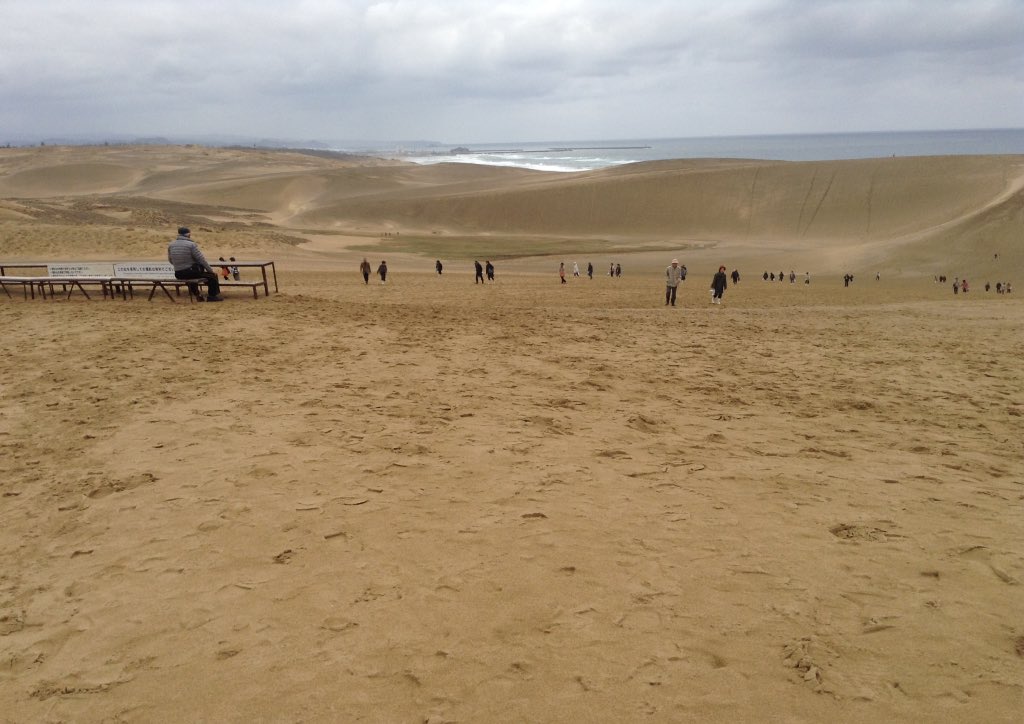
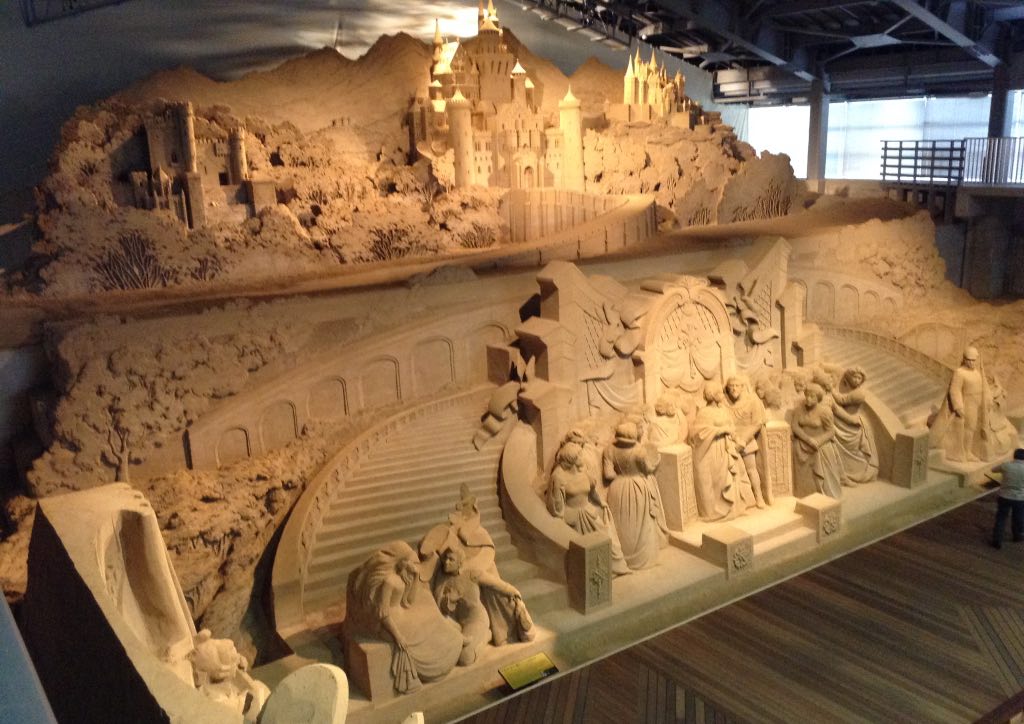
Desert Magic
The Tottori Sand Dunes took us by surprise. It was a barren desert in the middle of the Land of the Rising Sun. Gusts of wind blew, shifting the sands to create patterns and ripples. While some of us preferred to watch the masterpiece transpiring through the varying gusts, the more adventurous opted to paraglide and sandboard, and survived the galloping camel rides.
The highlight of this attraction was the awesome Sand Museum, which displayed bigger-than-life sculptures made of sand. The featured country at the time of our trip was Germany. Dramatic scenes included fairy tales from the Brothers Grimm to the Fall of the Berlin Wall.
RELATED READS: Of Truffles and Tomatoes: Eating My Way Through Tuscany (by Ina Yulo)
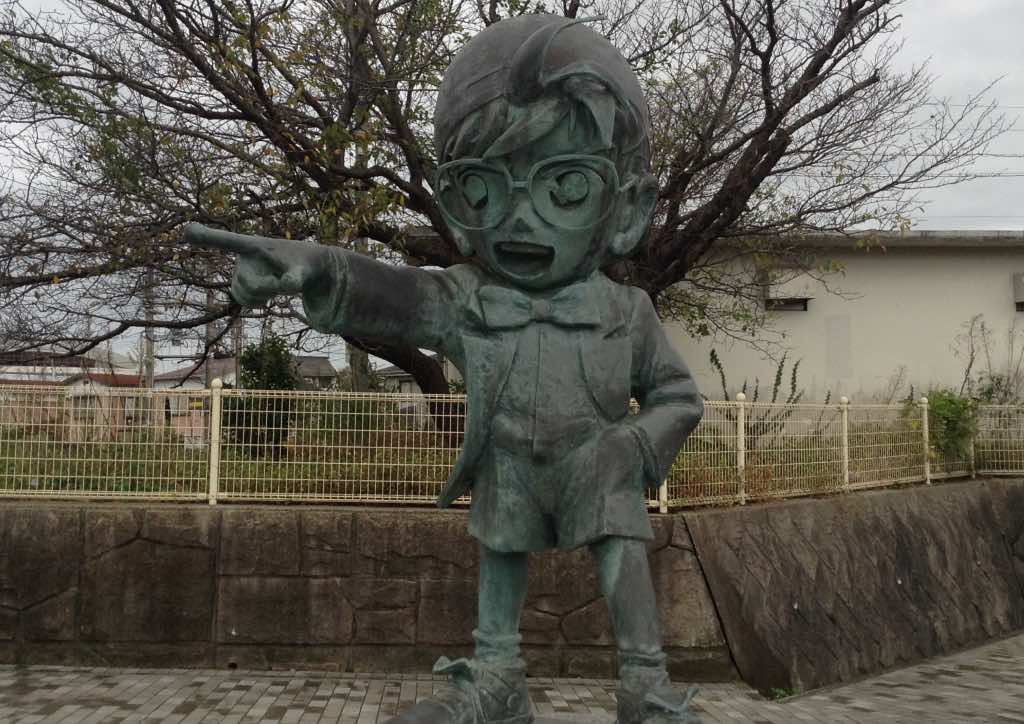

Boy Detective Conan
The iconic investigator has his very own museum in the suburbs of Hokueicho, the birthplace of its author Gosho Aoyama. We marveled at the recreation of the manga creator’s workplace, complete with testimonies from childhood onwards. Accessibility is not a problem, for the youngster agent has his own particular train station named after him with regular stops.
The Mizuki Shigeru Road in Sakaiminato is an odd but peculiar thoroughfare lined on both sides with varying shapes and sizes of yokai or Japanese monsters. Various mascots line the street, making it popular for selfies and group photographs. Monster-driven treats are readily available, as shops and establishments also play into the theme of the street, each cleverly incorporating the motif into their operations.
If there’s one thing the Japanese are known for, it’s their love for seafood. From sushi and sashimi, seaweed and shrimps, to crabs and lobsters, all can be bought and cooked in these busy seafood stalls. It was here where our group dined on Matsuba crabs, a rare crustacean only available close to winter, melt-in-your-mouth white squids, sweet Mosaebi shrimps, and the acquired raw taste of Rock.
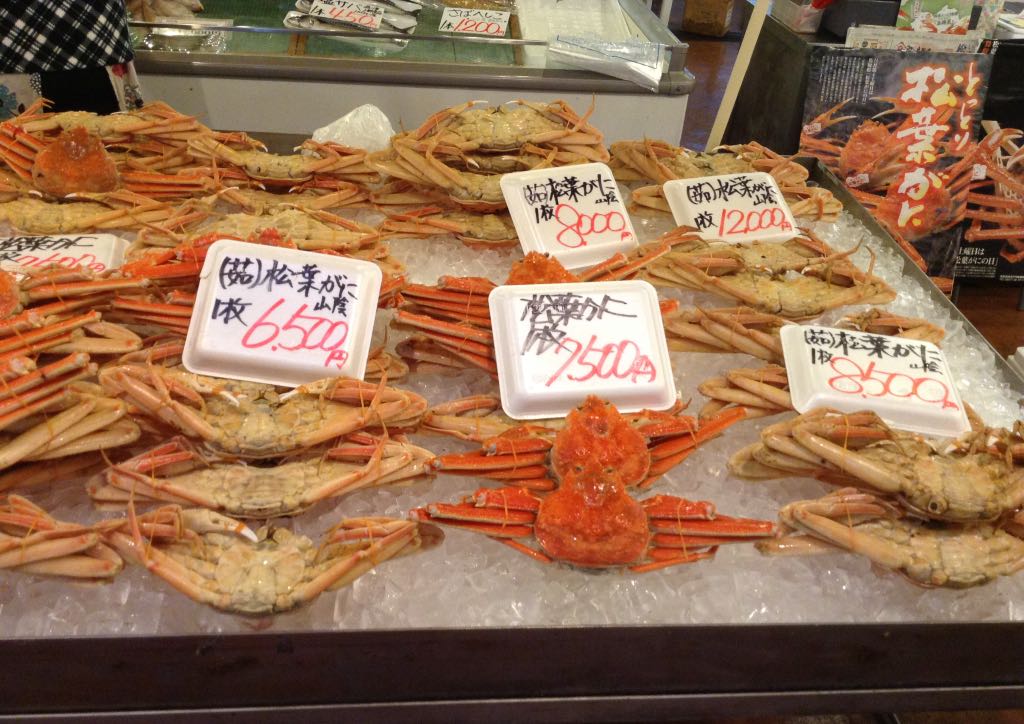
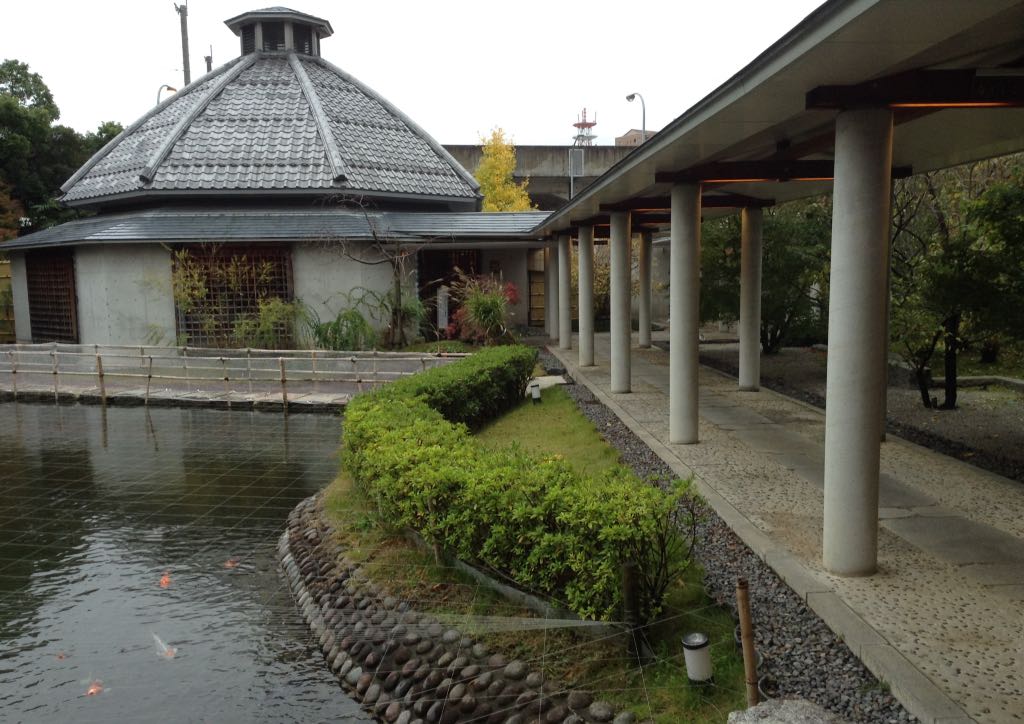
Bathing Au Naturale in the Onsens
The locals seem to have an attachment to onsens. Any trip to the country would not be complete without a soothing bath at an onsen in a Japanese inn, commonly known as a ryokan.
The Japanese take their rituals seriously. Before immersing in an onsen, bathers have to sit down and thoroughly shower surrounded by wooden buckets, with dippers, little towel cloths, gel and liquid soaps. These are courtesies some go through, some even shower thrice.
This whole experience is sans clothing. Though most Filipinos are reluctant and hesitant to participate in the hot spring activity, once in the waters, all inhibitions magically disappear.
The lakeside Hawai Onsen, the 800-year-old Misasa Onsen, and the rejuvenating Kaike Onsen are the most popular. The steaming hot water of any local onsen is calming and help release stress. Be mindful not to stay too long, to avoid dehydration. We were advised not to shower after since the water possesses numerous mineral healing elements. Showering diminishes those benefits.
At the end of the day, there is the ryokan’s warm futon to sleep on. Just make certain there is something to hold on to the following morning to help get you out of bed.
RELATED READS: You Can Now Go on Safari…in Cebu





